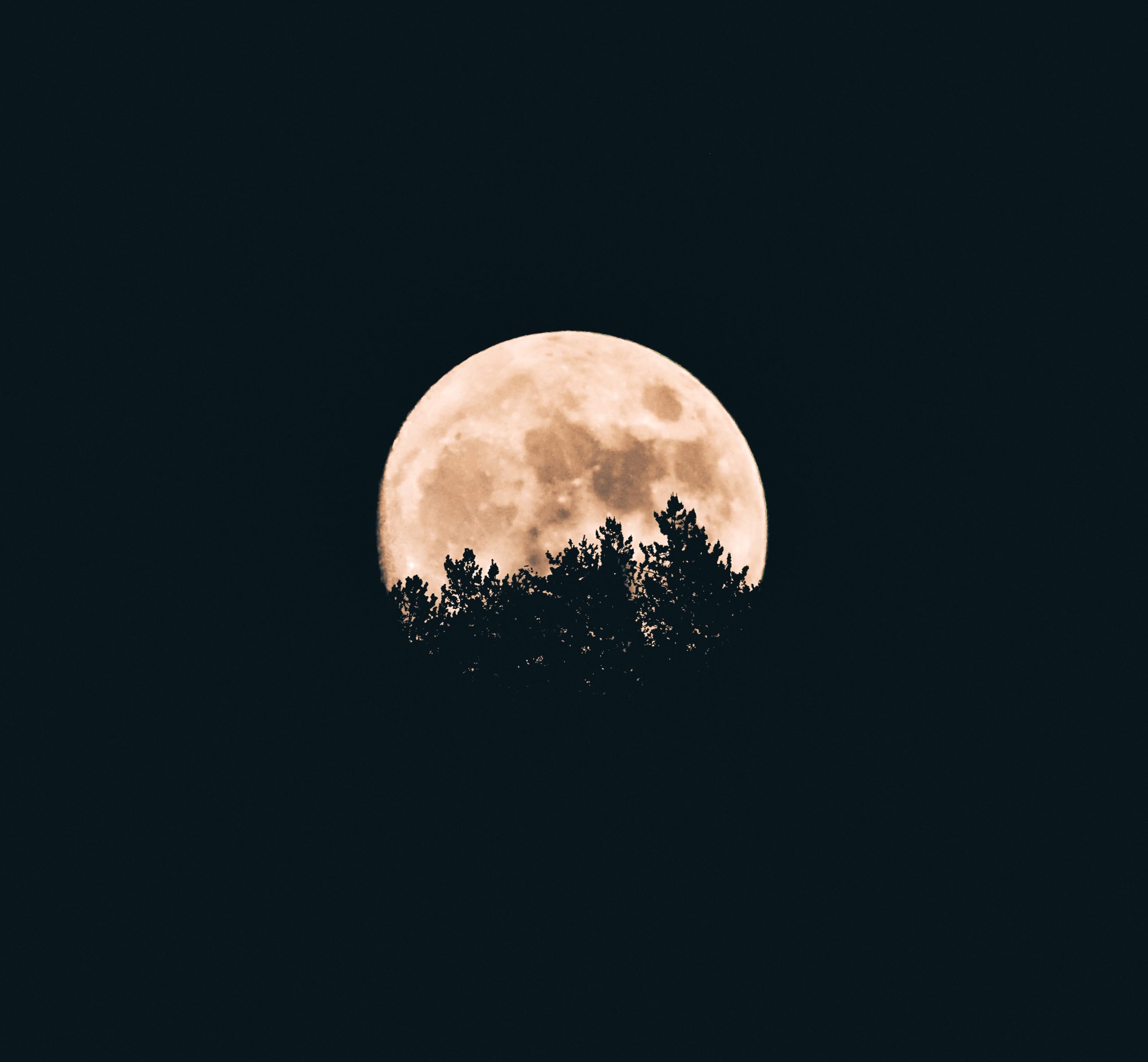Theosophy Artists: Exploring Transcendental Creativity
Theosophy, a philosophical and spiritual framework founded in the late 19th century, has influenced various aspects of society, including art. Theosophy strove to unify spirituality, philosophy, and science, seeking to uncover fundamental truths about existence and the nature of reality. This movement attracted many artists who found inspiration in its concepts and ideals. In this blog post, we will delve into the world of Theosophy and the intriguing connection it shares with artists who were deeply influenced by its teachings.
Understanding Theosophy
Theosophy stems from the Greek words “theos” (divine) and “sophia” (wisdom), meaning “divine wisdom.” It was formalized by Russian occultist Helena Petrovna Blavatsky in the late 19th century through her seminal work, “The Secret Doctrine.” Theosophy sought to synthesize ancient wisdom, esoteric traditions, and scientific discoveries to present a comprehensive worldview.
Theosophy embraced the idea of a universal brotherhood of humanity, proposing that all religions and spiritual traditions ultimately point to the same underlying truths. It emphasized the exploration of mystical experiences and the development of spiritual faculties as a means to unlock higher levels of consciousness.
Blavatsky’s ideas had a significant impact on numerous thinkers and artists of her time, and continue to resonate with many today. Theosophy’s multifaceted framework and its emphasis on interconnectedness provided fertile ground for artistic expression.
Theosophical Concepts in Art
Artists who found themselves drawn to Theosophy often incorporated its core concepts and symbols into their works. Theosophical ideas were particularly influential in the realm of Symbolism, an artistic movement that emerged in the late 19th century and sought to convey deeper meanings through symbolic representation.
One prominent example of a Theosophy-inspired artist is the Belgian Symbolist painter Jean Delville. His paintings often depicted mystical landscapes, esoteric symbols, and spiritual figures. Delville’s works, such as “La Méditation” and “La Lutte de la Vie,” explore themes of spiritual awakening, the eternal conflict between light and darkness, and the pursuit of divine wisdom.
Theosophical concepts also found their way into the works of other Symbolist artists, such as Gustave Moreau, Odilon Redon, and Fernand Khnopff. Their paintings often featured mystical, otherworldly scenes, religious and mythological symbolism, and enigmatic female figures that represented spiritual truths or ideals.
Transcendental Artistic Manifestations
The influence of Theosophy on art extended beyond Symbolism, permeating various art forms and movements. One notable example is Piet Mondrian, a Dutch abstract painter and a prominent figure in the De Stijl movement. Mondrian’s exploration of geometric abstraction and non-objectivity has been linked to his Theosophical beliefs.
Mondrian sought to portray the underlying unity and harmony of the cosmos through his compositions. He believed that geometry and pure abstraction could lead to a direct experience of spiritual truths. In his iconic series of paintings known as the “Neoplasticism,” he reduced his compositions to horizontal and vertical lines intersecting with primary colors.
Another artist deeply influenced by Theosophy was the Russian painter Wassily Kandinsky. Kandinsky is often considered one of the pioneers of abstract art. His groundbreaking paintings, like “Composition VII” and “The Blue Rider,” are characterized by vibrant colors, fluid forms, and a spiritual intensity.
Kandinsky believed that color and form could evoke emotional and spiritual responses in the viewer. He saw art as a means to bridge the gap between the physical and spiritual realms, often using Theosophical concepts of higher planes of existence and the interplay between the material and the immaterial.
Theosophy and Music
Theosophical ideas also found expression through music, with composers tapping into the metaphysical aspects of sound and exploring spiritual themes and concepts. One notable example is the English composer Ralph Vaughan Williams, who was drawn to Theosophy in the early 1900s.
Vaughan Williams believed that music had the power to transcend the material world and communicate messages from higher realms. His orchestral compositions, such as “A Sea Symphony” and “A Pastoral Symphony,” evoke a sense of cosmic grandeur and mystical contemplation.
Theosophy-inspired music extended beyond Vaughan Williams, with composers like Alexander Scriabin and Dane Rudhyar incorporating mystical and spiritual themes into their works. Scriabin’s “Prometheus: The Poem of Fire” and Rudhyar’s “Paeans” exemplify their exploration of the spiritual dimension through music.
Conclusion: The Interplay of Spirituality and Creativity
Theosophy, with its profound ideas and emphasis on interconnectedness, deeply influenced a diverse range of artists. From painters like Jean Delville and Mondrian to composers like Vaughan Williams and Scriabin, Theosophy provided a fertile ground for artists seeking to express transcendental concepts.
The Theosophical influence on art reveals a profound interplay between spirituality and creativity. Artists, driven by a desire to explore the mysteries of existence and seek transcendent truths, have found in Theosophy a rich source of inspiration and symbolism.
Today, the legacy of Theosophy can still be observed in contemporary works of art that draw upon esoteric philosophies, ancient wisdom, and spiritual inquiry. Theosophical ideals continue to inspire artists to look beyond the surface of reality and delve into the depths of the human experience.
As we examine the art inspired by Theosophy, we are reminded of the infinite potential of the human spirit to reach for the numinous and illuminate the hidden realms of consciousness and creativity.
Table of Contents
